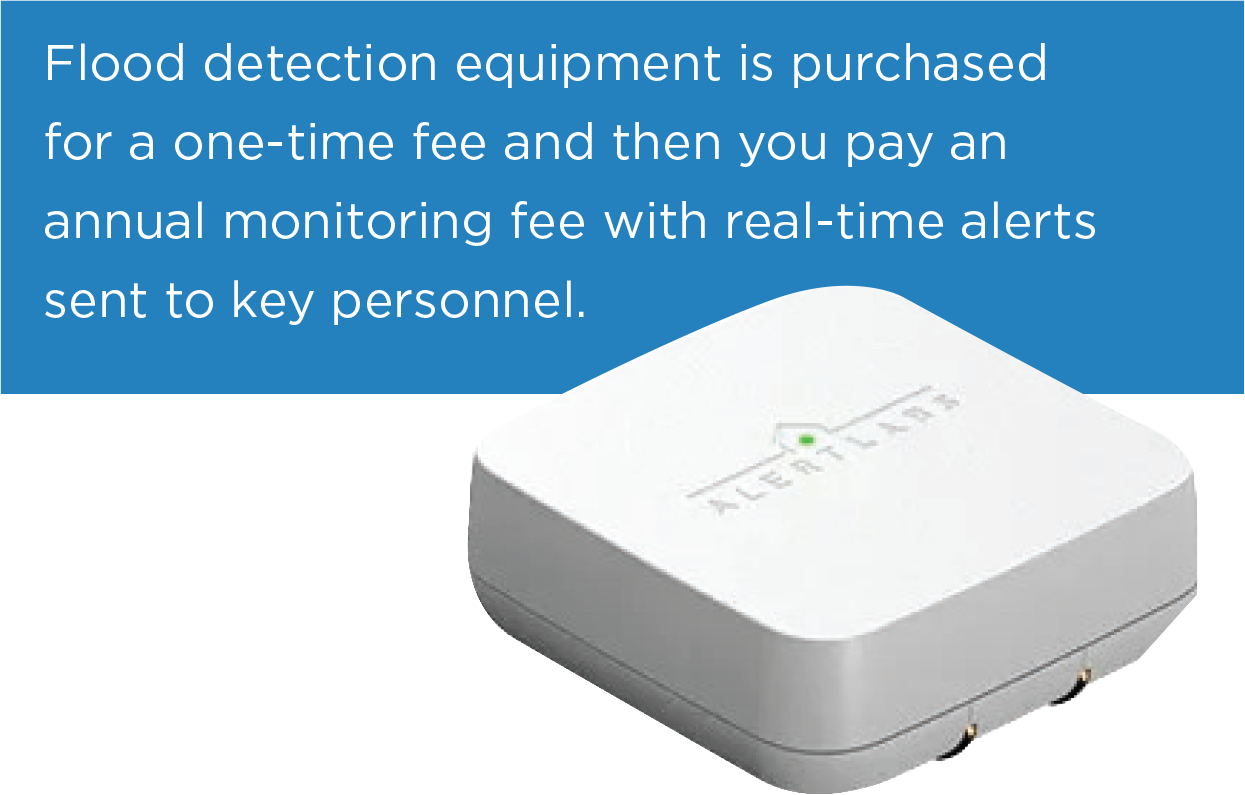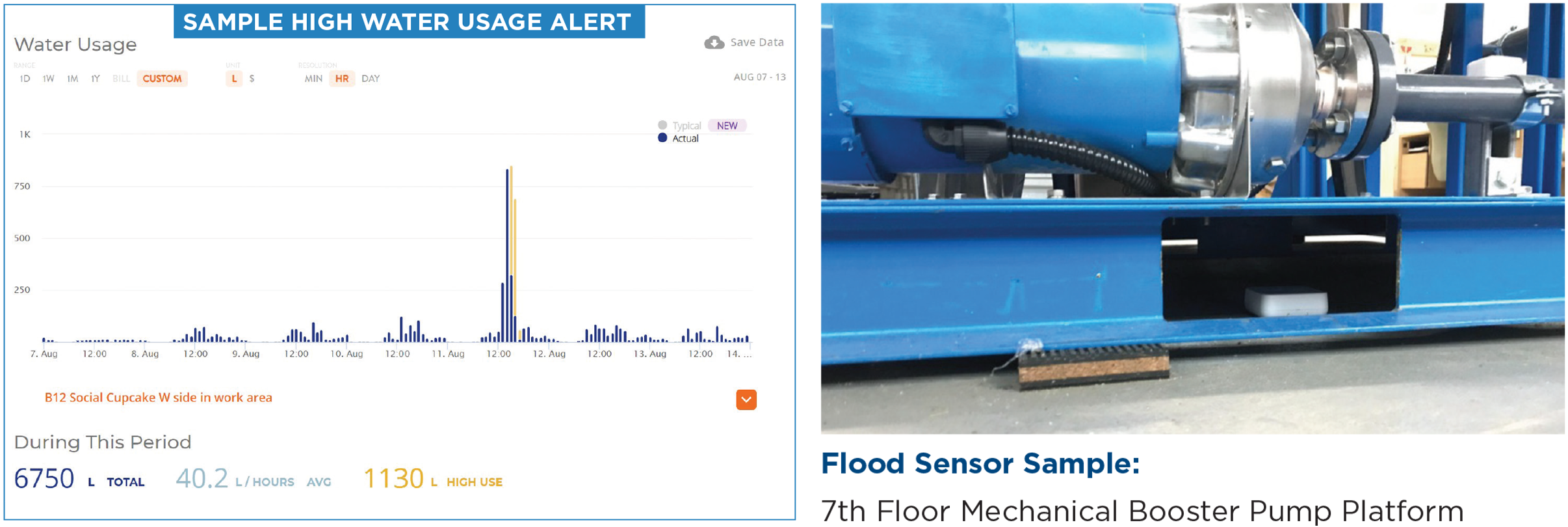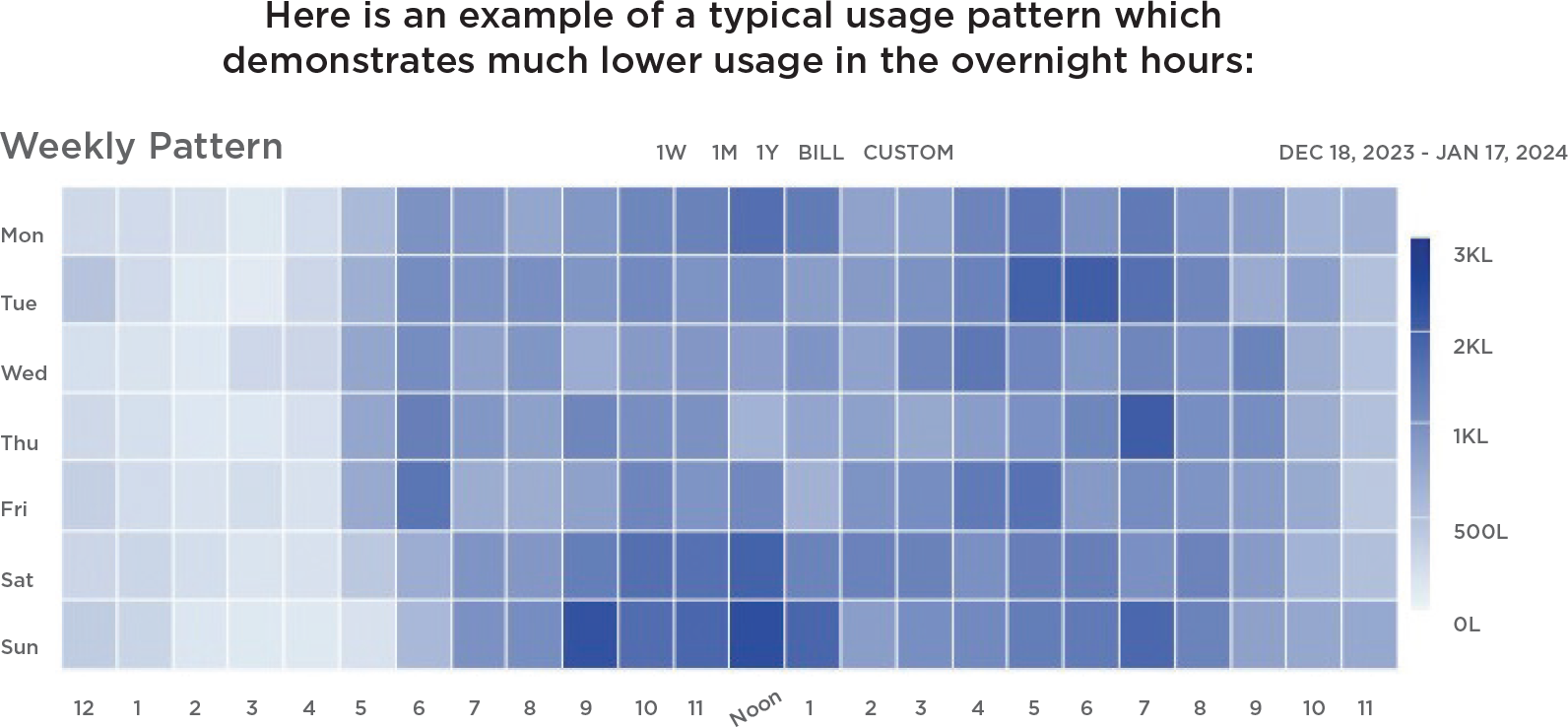
Water Monitoring – Leak Detection – Flood Detection
Flow sensors
Function: Flow sensors are designed to measure and monitor the flow rate of water within a system. They provide real-time data on the quantity of water passing through a pipe or plumbing system.
Installation: Flow sensors are typically installed directly in the water supply line or plumbing system to measure the flow rate accurately. They can be integrated into various points of a building’s water distribution system, such as the main water supply line or individual branch lines.
Measurement: Flow sensors use different techniques to measure the flow rate, such as electromagnetic, ultrasonic, or paddle-wheel sensors. They provide continuous data on the volume of water flowing through the system, usually in gallons per minute (GPM) or liters per minute (LPM).
Purpose: Flow sensors are primarily used for monitoring water consumption, detecting leaks, and optimizing water usage efficiency in buildings. They can help identify abnormal flow patterns, excessive consumption, or irregularities that may indicate leaks or inefficiencies in the plumbing system. Flow sensors can be purchased or included as part of a service agreement for a small monthly fee and real-time alerts are sent to key property personnel.


60 Day Free Trial for Water Monitoring
The flow sensor will also track your usage by the hour and ‘heat map’ your water usage pattern. The value of this is to see if water usage is abnormally high at certain times of day which can indicate specific issues such as leaking toilets.
It’s challenging to catch leaking or running toilets. In residential buildings, residents may not report this to management and spot checking them doesn’t identify what is happening 24 hours a day.
After your free trial, we can introduce you to an option that totally eliminates this issue, which is a device with motion sensors, that can shut off toilets automatically within 10 seconds regardless of whether they are running or not. Additional water savings measures will be suggested on a case-by-case basis. Agreements can be for hardware purchase only or a shared savings program with no capital outlay.

Flood sensors
Function: Flood sensors are designed to detect the presence or accumulation of water in areas where it should not be. They are typically used to identify and alert users about potential water leaks, flooding, or water damage.
Placement: Flood sensors are strategically placed in areas prone to water-related issues, such as basements, near water heaters, under sinks, or near appliances like washing machines or dishwashers.
Detection: Flood sensors use various detection methods, such as moisture-sensitive probes, conductive plates, or water absorbing materials, to identify the presence of water. When water is detected, they trigger an alert or alarm system to notify users.
Purpose: The primary purpose of flood sensors is to provide early warning about water leaks or flooding incidents. By promptly detecting and alerting users to potential water damage, they help mitigate risks, prevent property damage, and allow for immediate action to be taken to address the issue.




